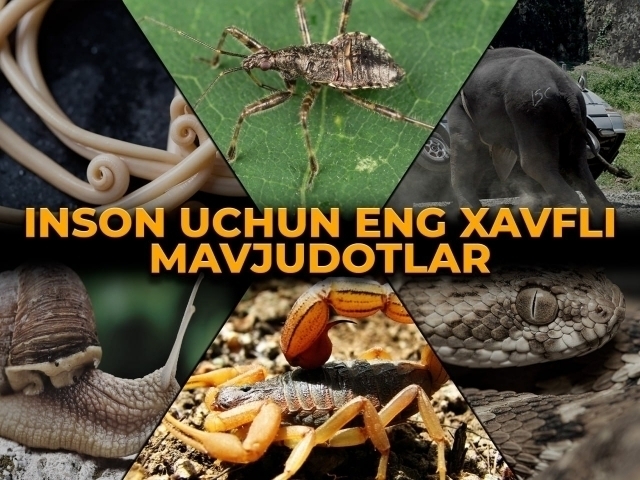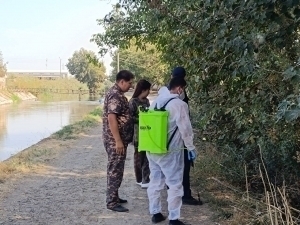Most dangerous creatures to humans: Humans rank second
Interesting
−
20 March 18911
When we think of animals that pose a threat to human life, we often imagine large, sharp-toothed, and agile predators. However, size and strength are not always the most dangerous factors. For example, sharks are often portrayed as extremely dangerous, yet they cause only 5–6 human deaths per year. Lions, despite their fearsome reputation, kill only 22 people annually. In reality, the most dangerous animals are often small and lethal not by force, but by spreading disease and poisoning. This article explores the 10 most dangerous creatures for humans.
Elephants kill 500 people every year
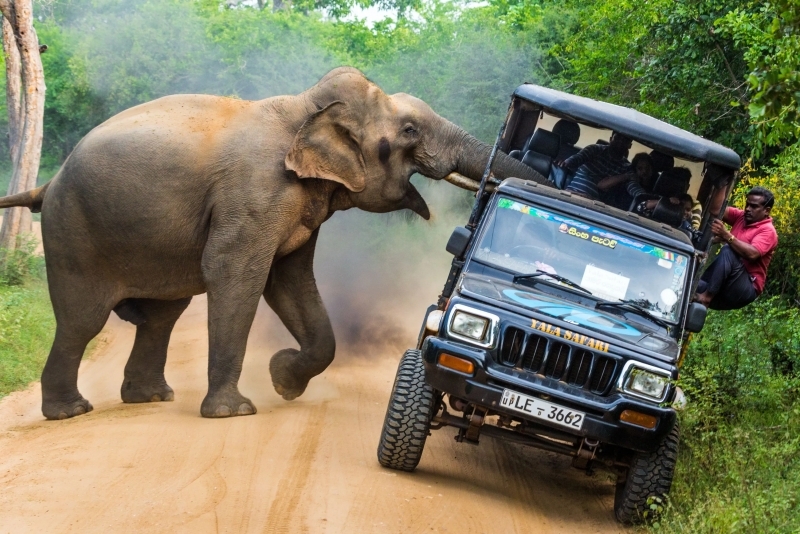
Before moving on to small but deadly creatures, let’s start with the largest. Elephants are usually considered calm and intelligent animals, but their immense size and strength make them highly dangerous. Due to habitat loss, elephants increasingly enter agricultural lands in search of food. When confronted by humans, they do not hesitate to charge. A single strike from an elephant can be fatal, and even survivors often suffer severe injuries or paralysis.
Hippopotamuses cause 500 deaths annually
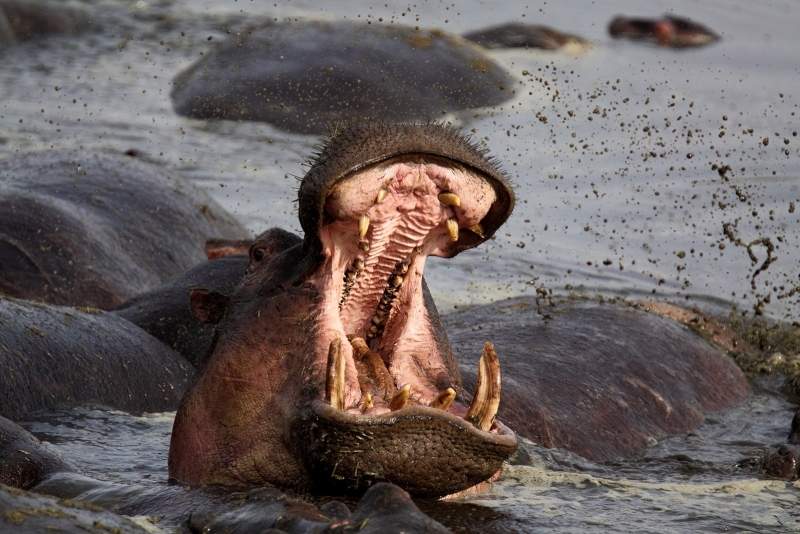
When thinking of Africa’s deadliest animals, many people assume lions top the list. However, aggressive and temperamental hippos are far more dangerous. They frequently attack and overturn boats, causing people to drown or fall victim to their powerful jaws. Weighing up to 1.5 tons, hippos are among the most dangerous animals in Africa.
Saltwater crocodiles kill thousands every year
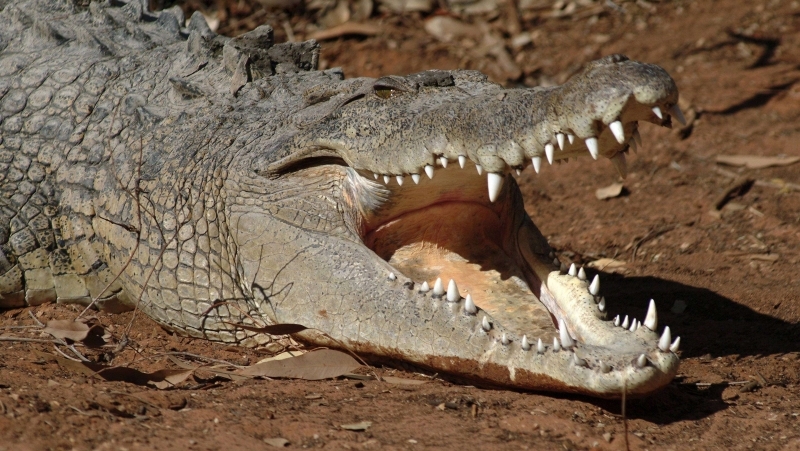
Crocodiles are naturally aggressive, but they typically do not hunt humans—rather, they attack when an opportunity presents itself. Saltwater crocodiles, however, are an exception, as they are the species most likely to see humans as prey. These reptiles are fast, fierce, and fearsome, with some reaching up to six meters in length and weighing 1.3 tons. When a saltwater crocodile targets a person, the chances of survival are very low.
Human roundworms kill 2,500 people annually
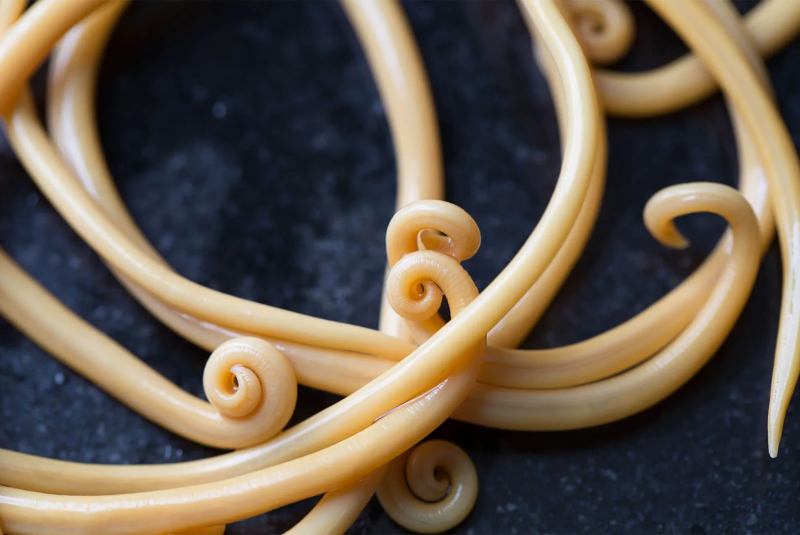
These parasites live inside human bodies, causing serious health issues. Roundworms not only spread diseases but also feed on their host. They are transmitted through contaminated food and water, settling in the intestines to reproduce. This leads to ascariasis, a condition characterized by fever, abdominal pain, swelling, and shortness of breath, which can be fatal if untreated.
Scorpions are responsible for 2,600 deaths each year
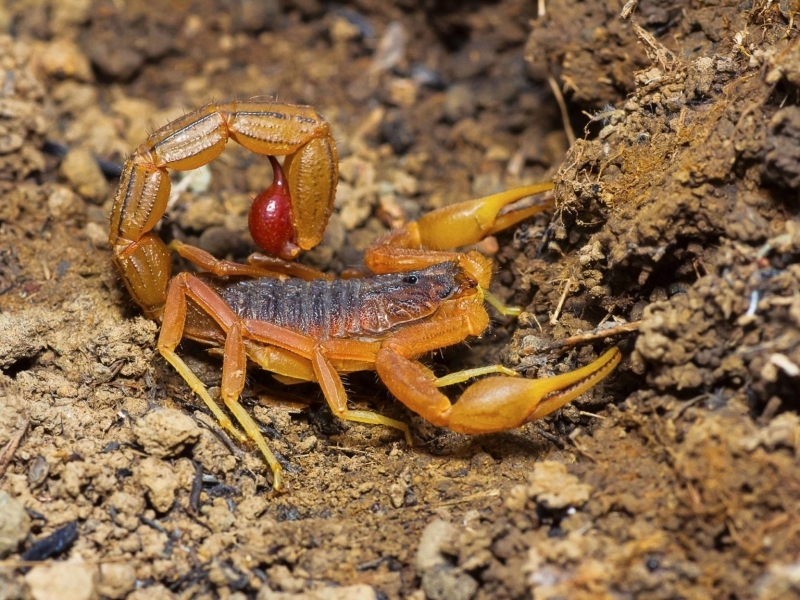
Some of the most dangerous creatures in the world use venom to immobilize or kill their prey, and scorpions are no exception. While most species are not deadly, around 25 are highly venomous. Scorpion stings often occur when a person accidentally steps on one barefoot or when a scorpion hides in shoes or clothing. The Indian red scorpion (Hottentotta tamulus) is considered the most dangerous species.
Assassin bugs kill 10,000 people annually
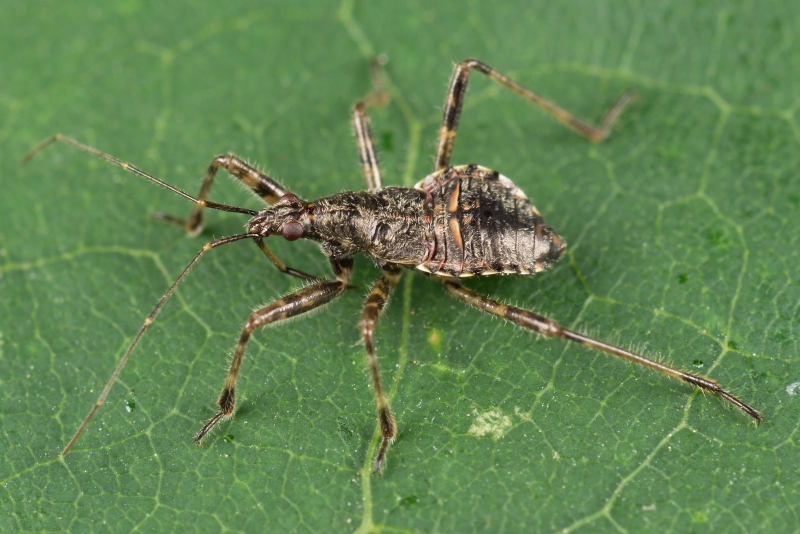
Insects from the Reduviidae family, particularly the Triatominae subfamily, are among the deadliest disease carriers. Found in Central and South America, these insects transmit Chagas disease, which causes fever, swollen lymph nodes, and severe complications. Often referred to as "kissing bugs," they typically bite sleeping people on the face, making them one of the most unpleasant and dangerous insects.
Sand vipers kill 138,000 people every year
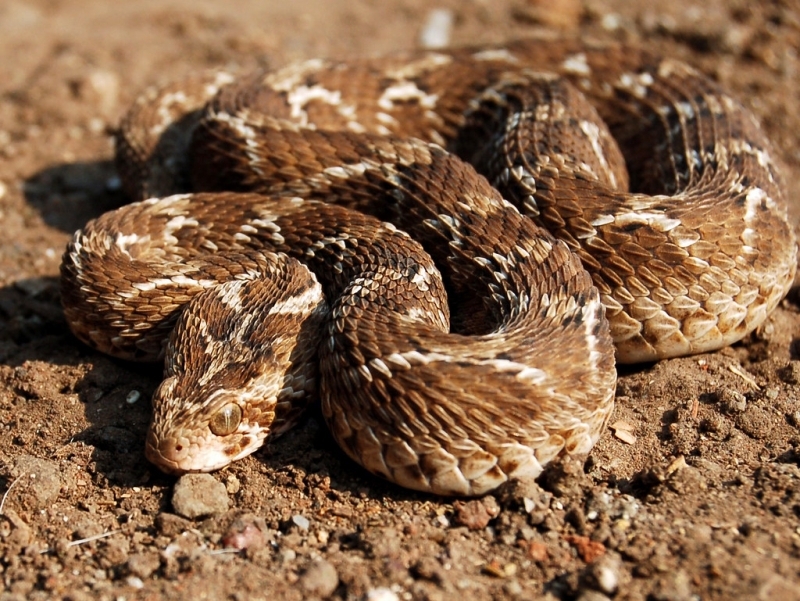
The title of the deadliest snake for humans belongs to the sand viper. Although not the most venomous snake in the world, it is responsible for the highest number of snakebite-related deaths. Unlike the highly venomous Australian taipan, which avoids humans, sand vipers are aggressive and frequently attack people. Their widespread presence in populated areas increases the risk of fatal encounters.
Freshwater snails cause 200,000 deaths annually
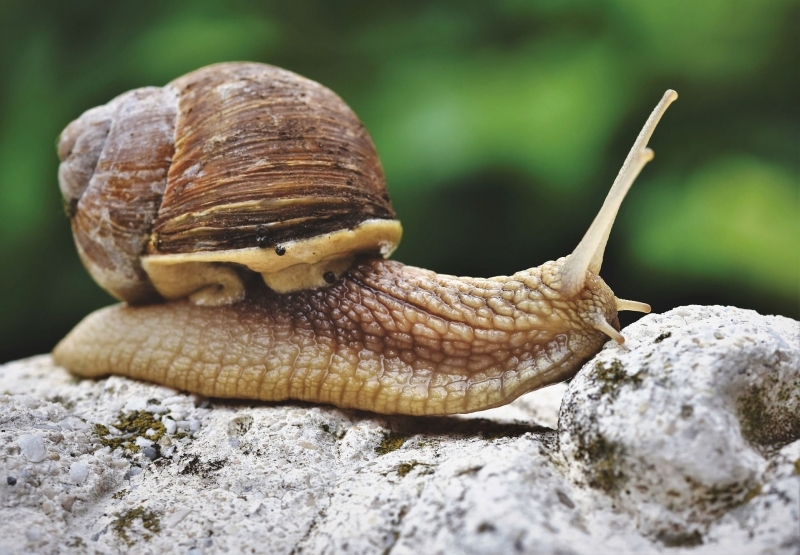
It may come as a surprise, but freshwater snails are responsible for a significant number of deaths. They host parasitic flatworms, including Schistosoma, which cause schistosomiasis—a deadly disease second only to malaria in terms of parasitic fatalities. These snails are among the most dangerous carriers of deadly pathogens.
Humans (Homo sapiens) kill over 400,000 people each year
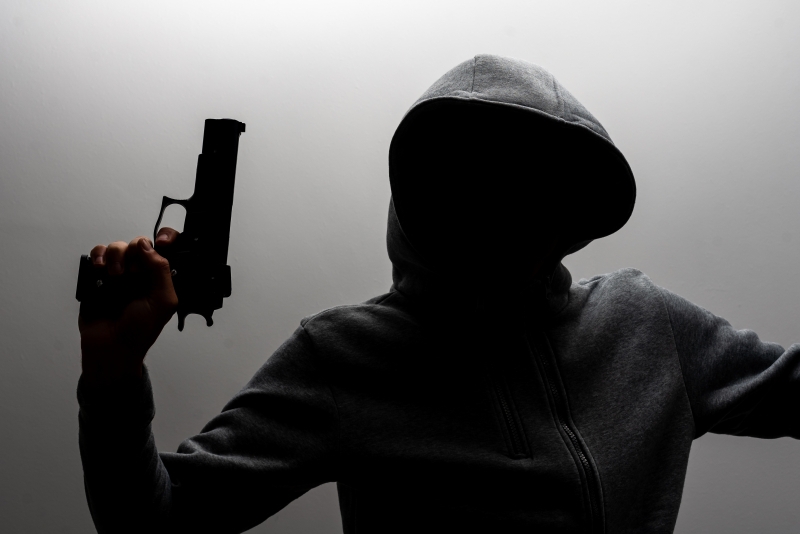
When listing creatures dangerous to human life, it is essential to recognize that humans themselves are among the deadliest. Each year, approximately 458,000 people die due to violent crimes, making humans the most dangerous mammals to their own kind. Unlike other creatures, humans have developed weapons and systems that facilitate large-scale killings.
Additionally, human activity has a devastating impact on nature. More than 150,000 people die annually due to climate change, which leads to water and air pollution, food shortages, and natural disasters. According to the World Health Organization, between 2030 and 2050, climate change is expected to cause an additional 250,000 deaths per year.
Mosquitoes (family Culicidae) cause up to 1 million deaths per year
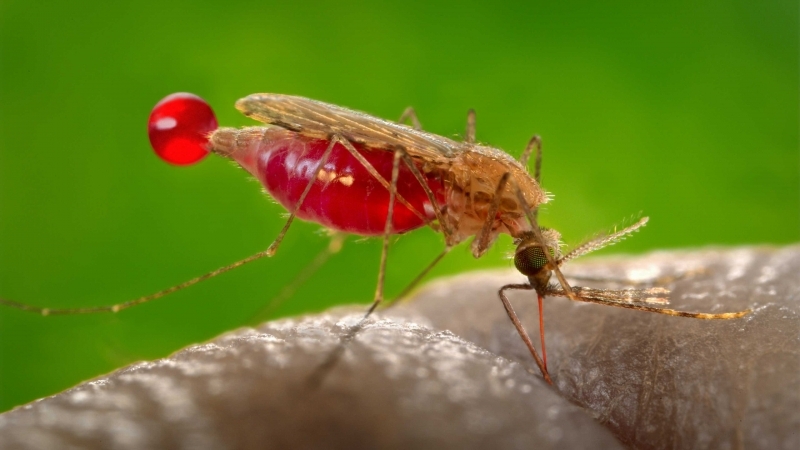
Despite their small size, mosquitoes hold the record for the highest number of human fatalities. They do not kill directly but act as disease vectors, transmitting bacteria, viruses, and parasites while feeding on human or animal blood. The deadliest disease they spread is malaria, which is carried by female Anopheles mosquitoes.
Every creature in nature has both beneficial and dangerous aspects. It is important to note that most animals do not pose a direct threat to humans unless provoked or threatened. Many of the most dangerous creatures kill humans not through aggression but by spreading diseases or defending themselves. As human expansion continues to disrupt ecosystems, the risk of conflict with wildlife increases, highlighting the importance of coexistence and conservation.
Live
All